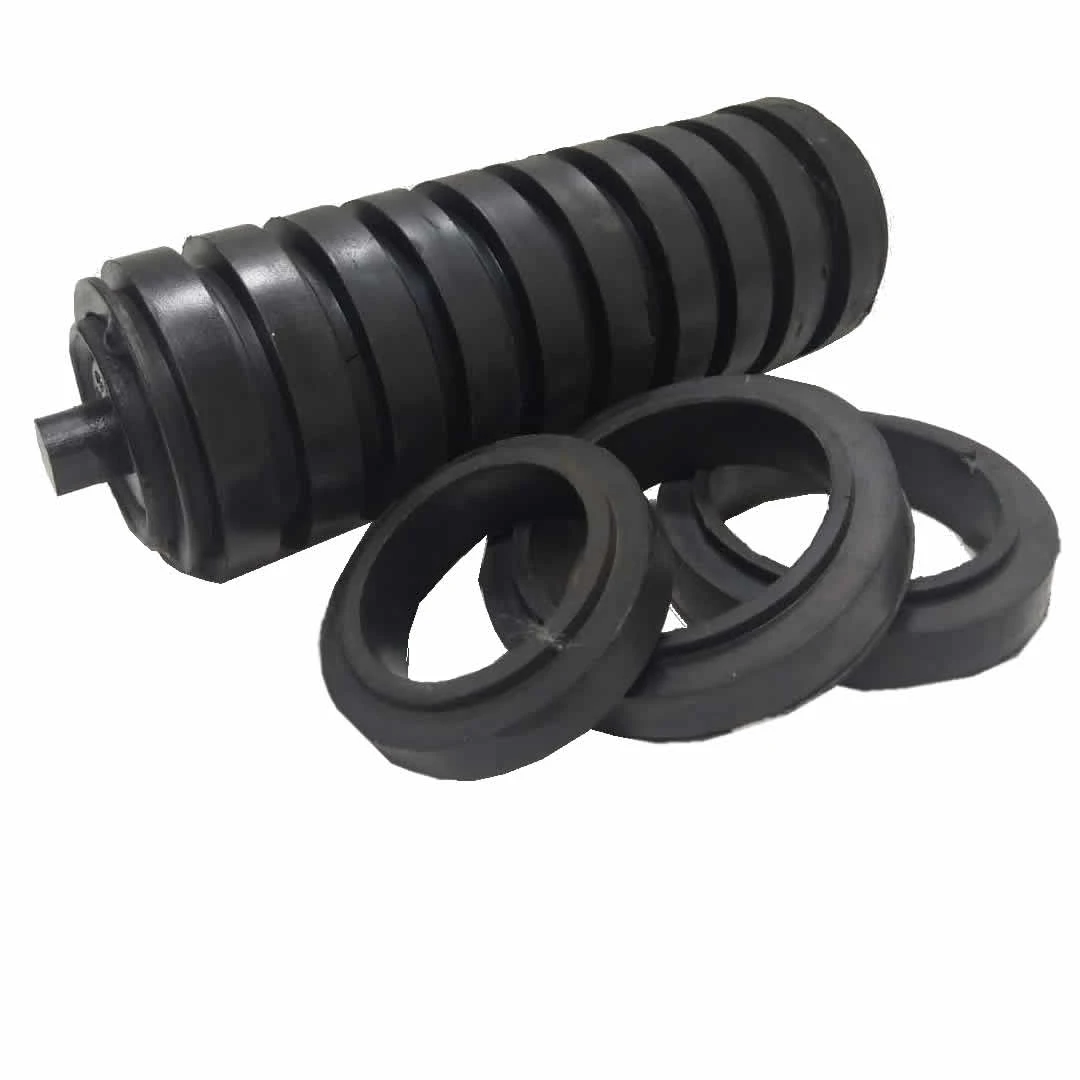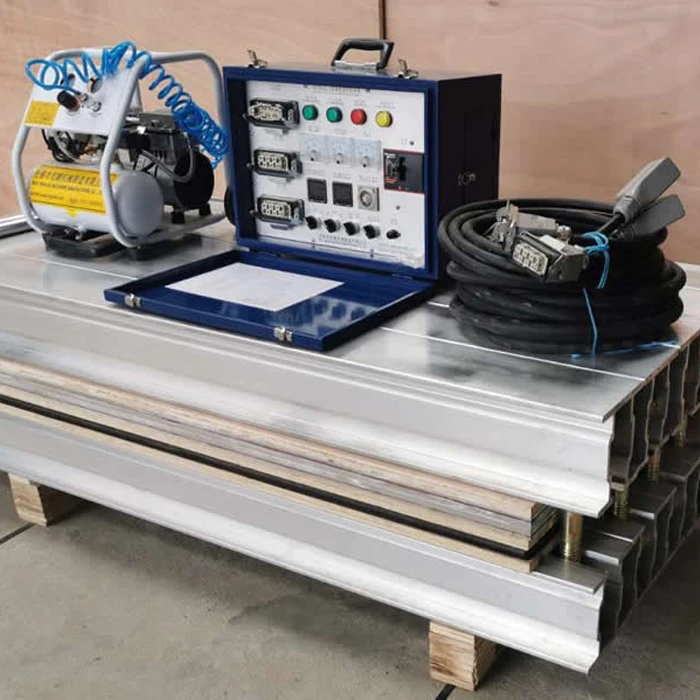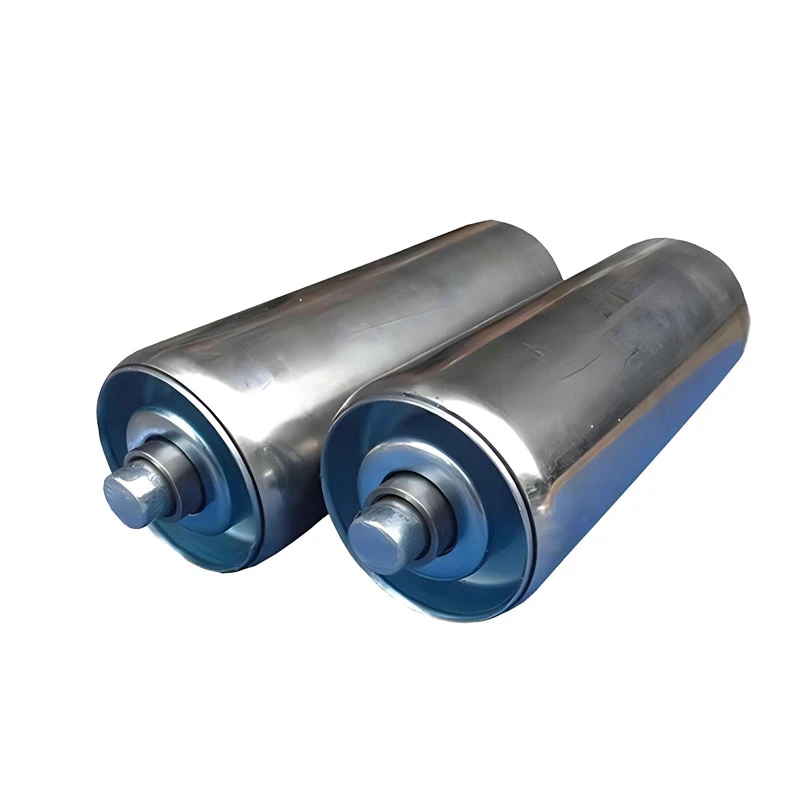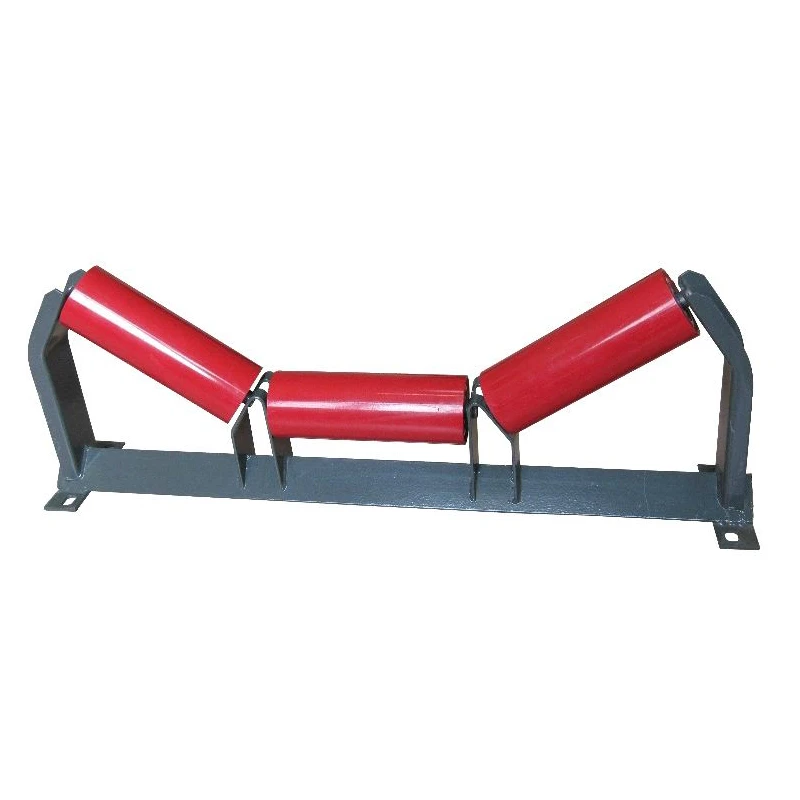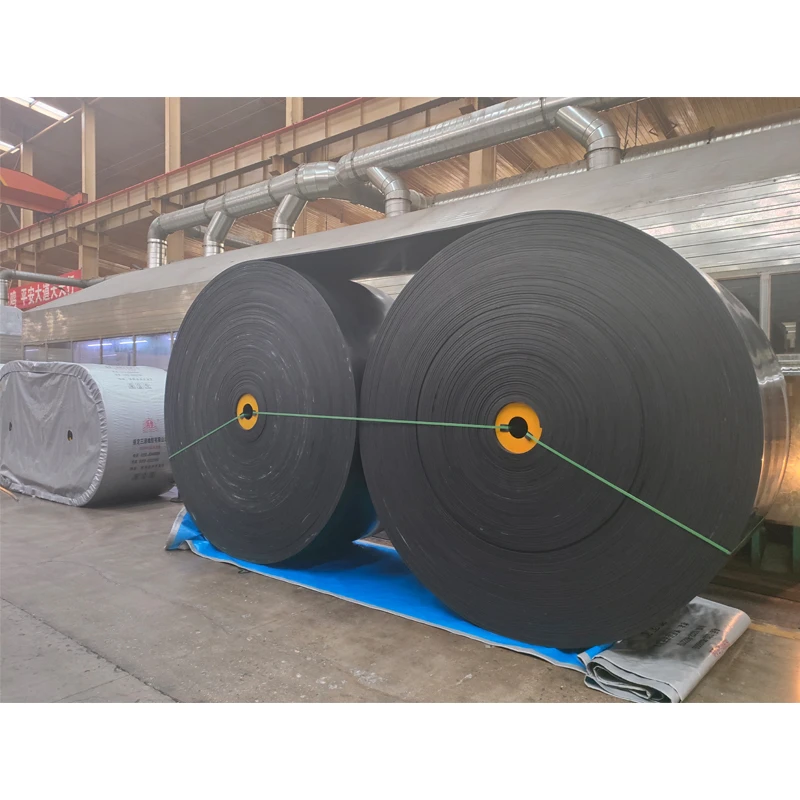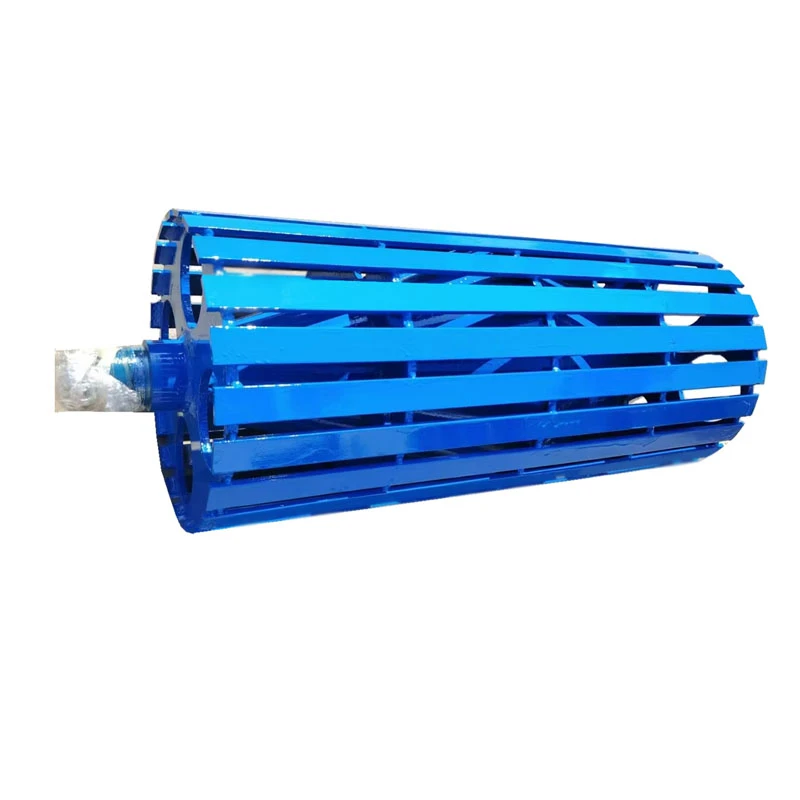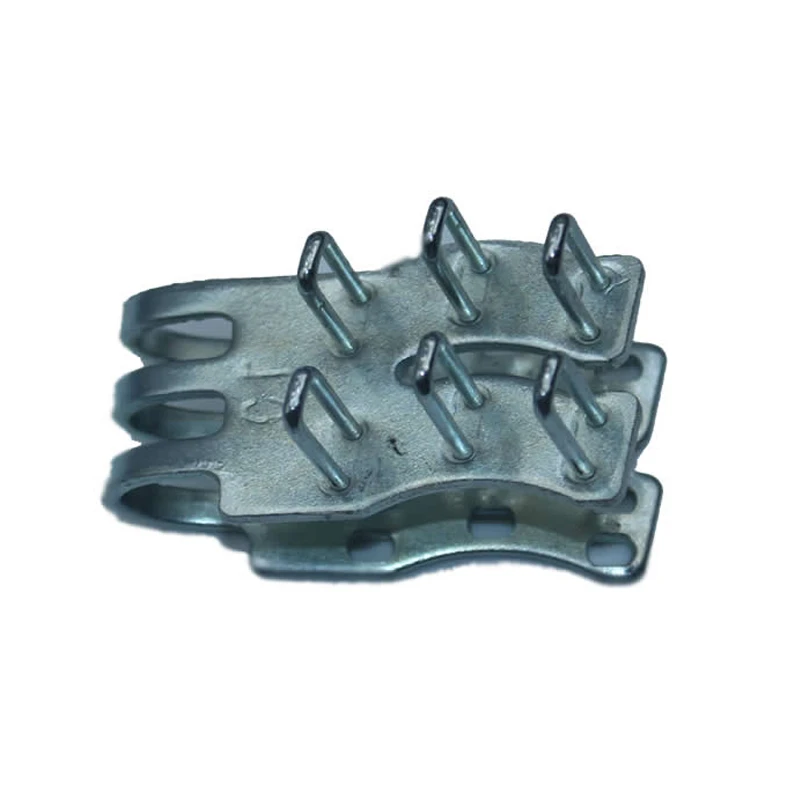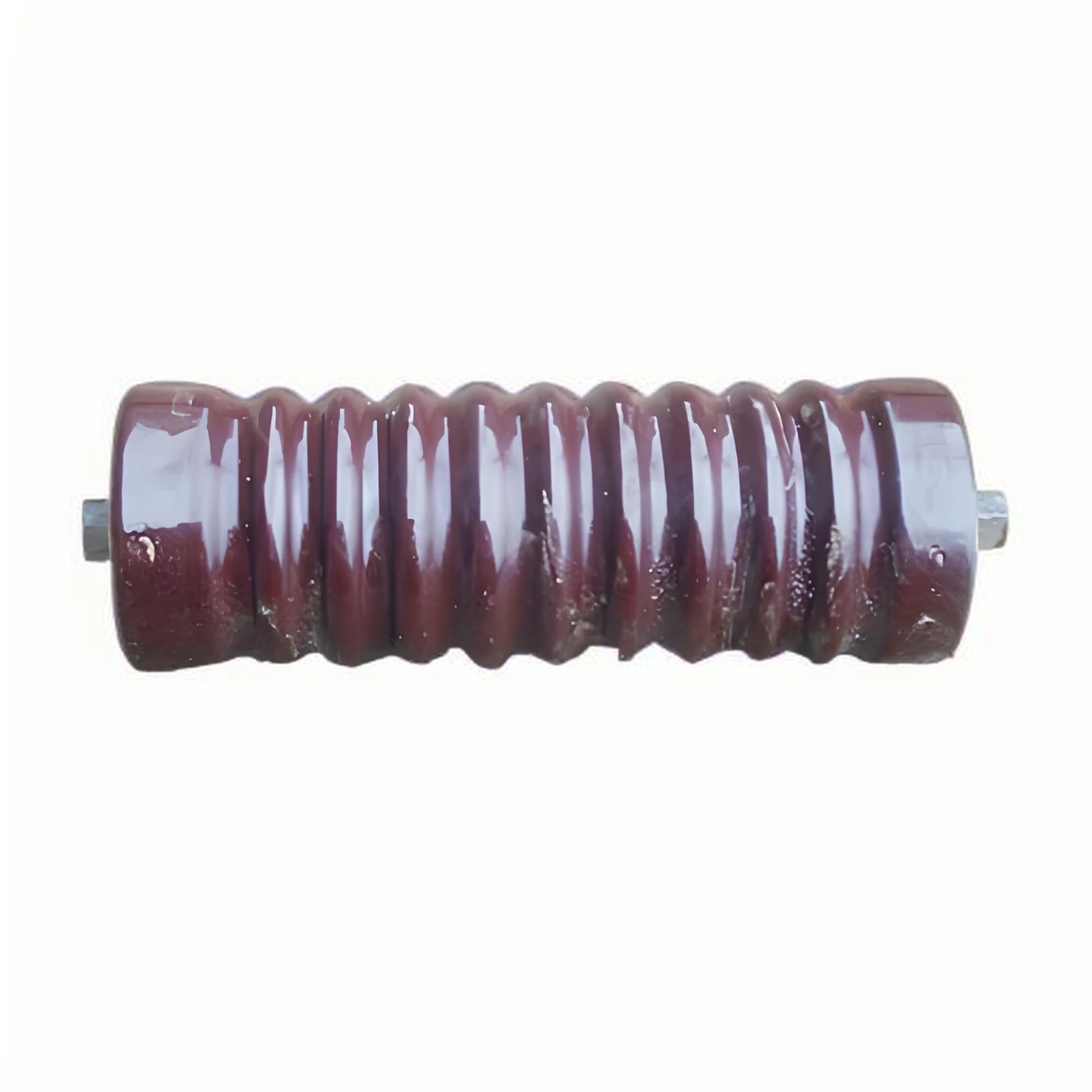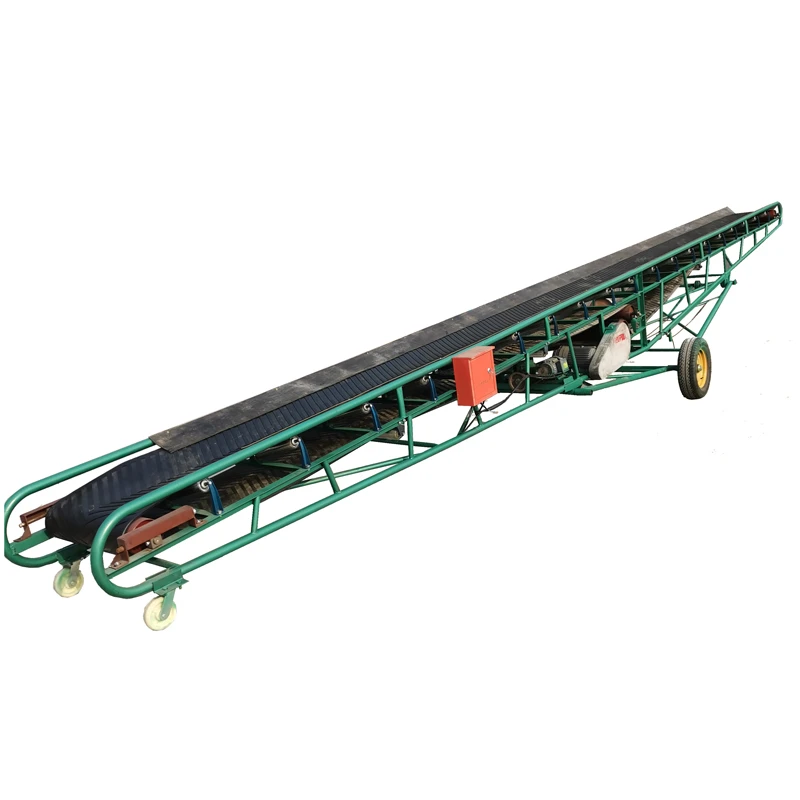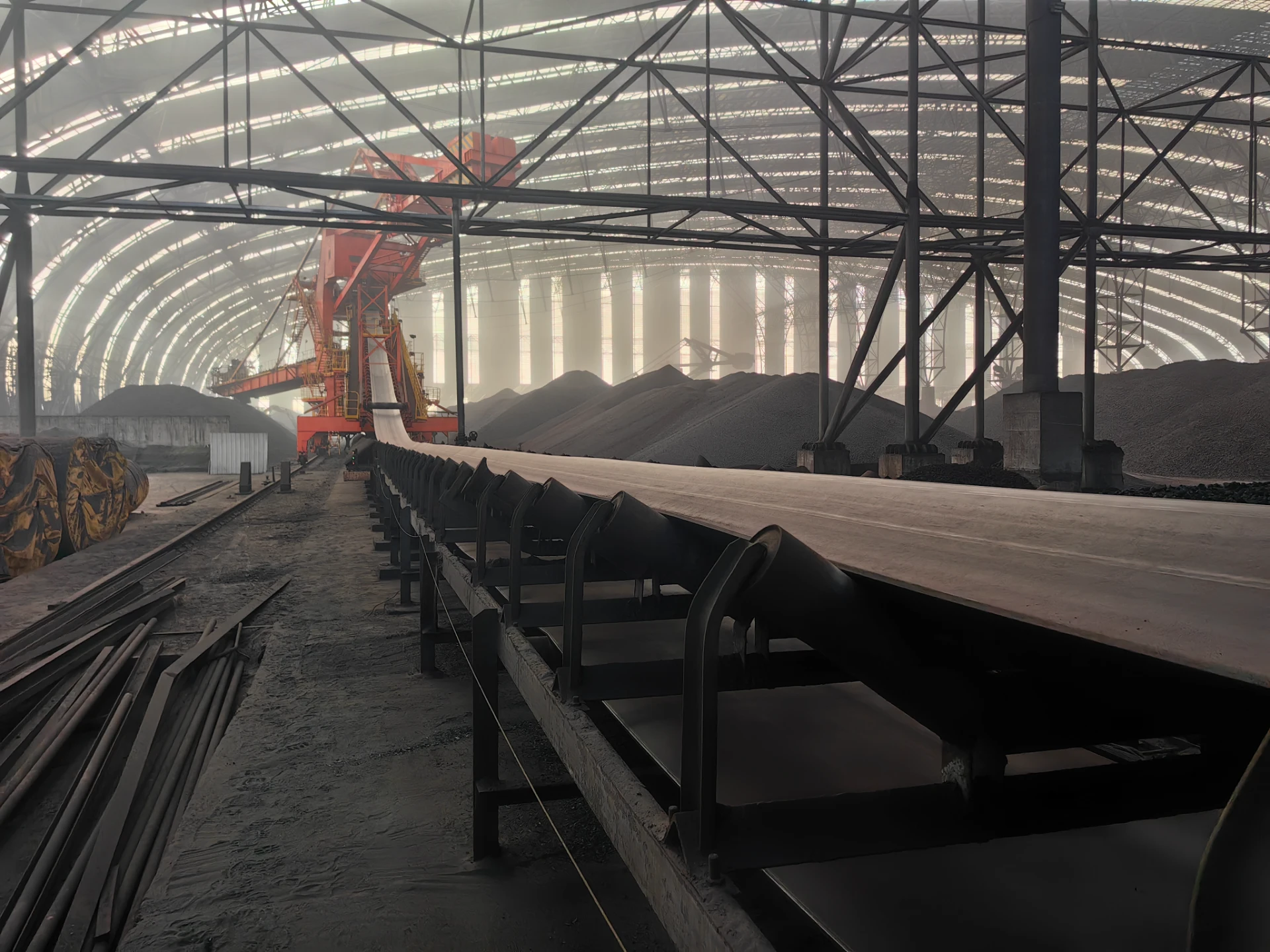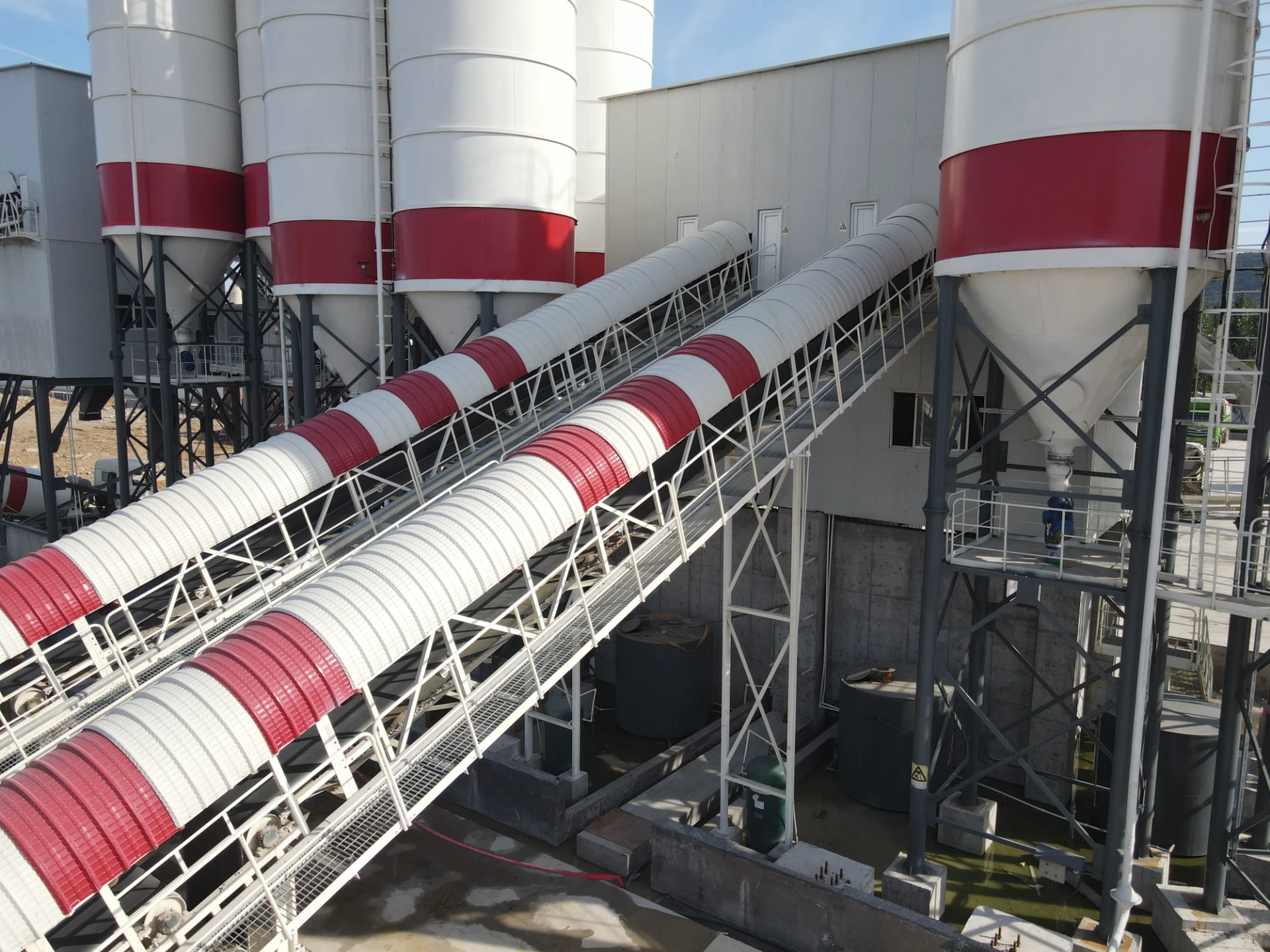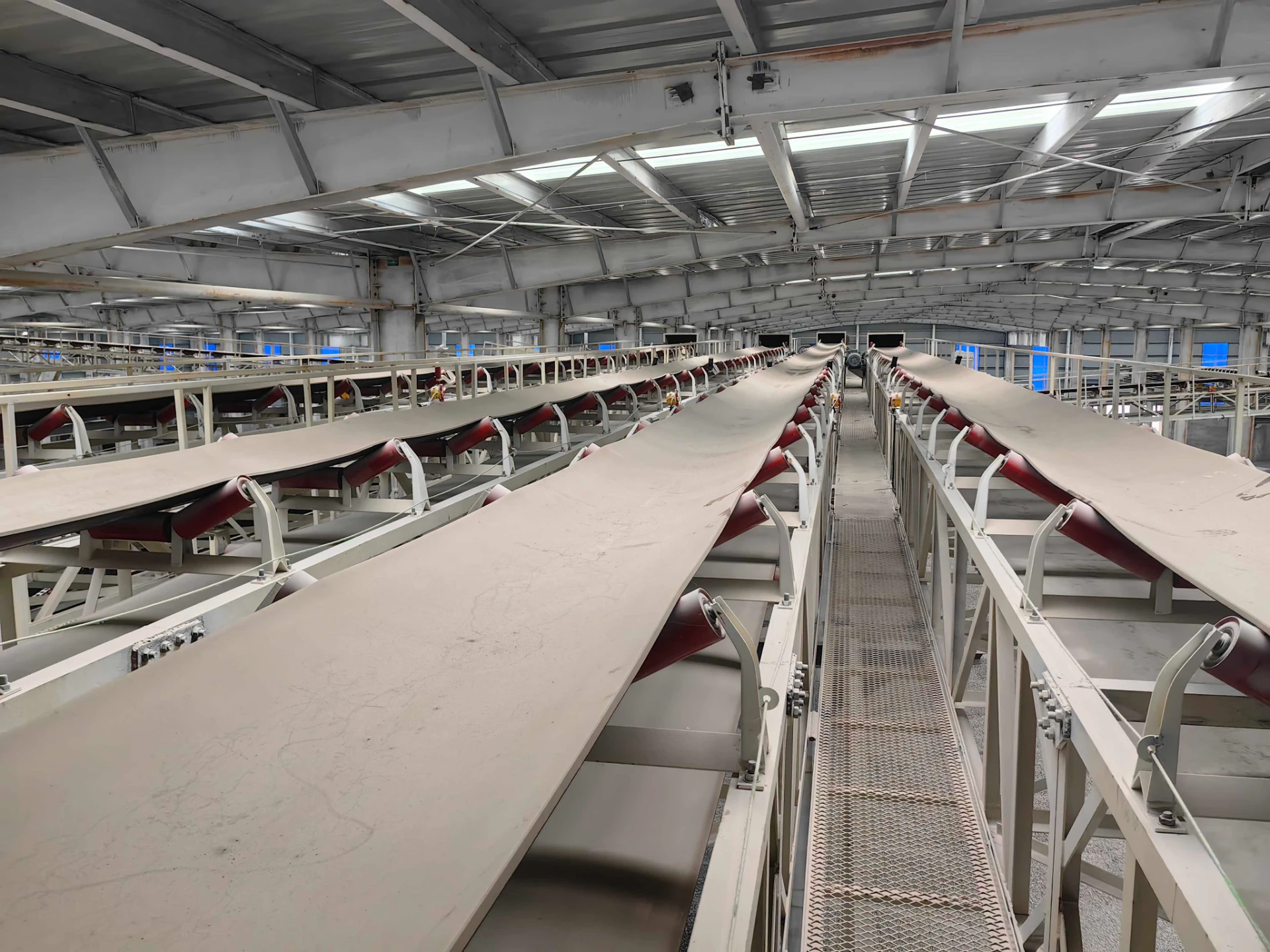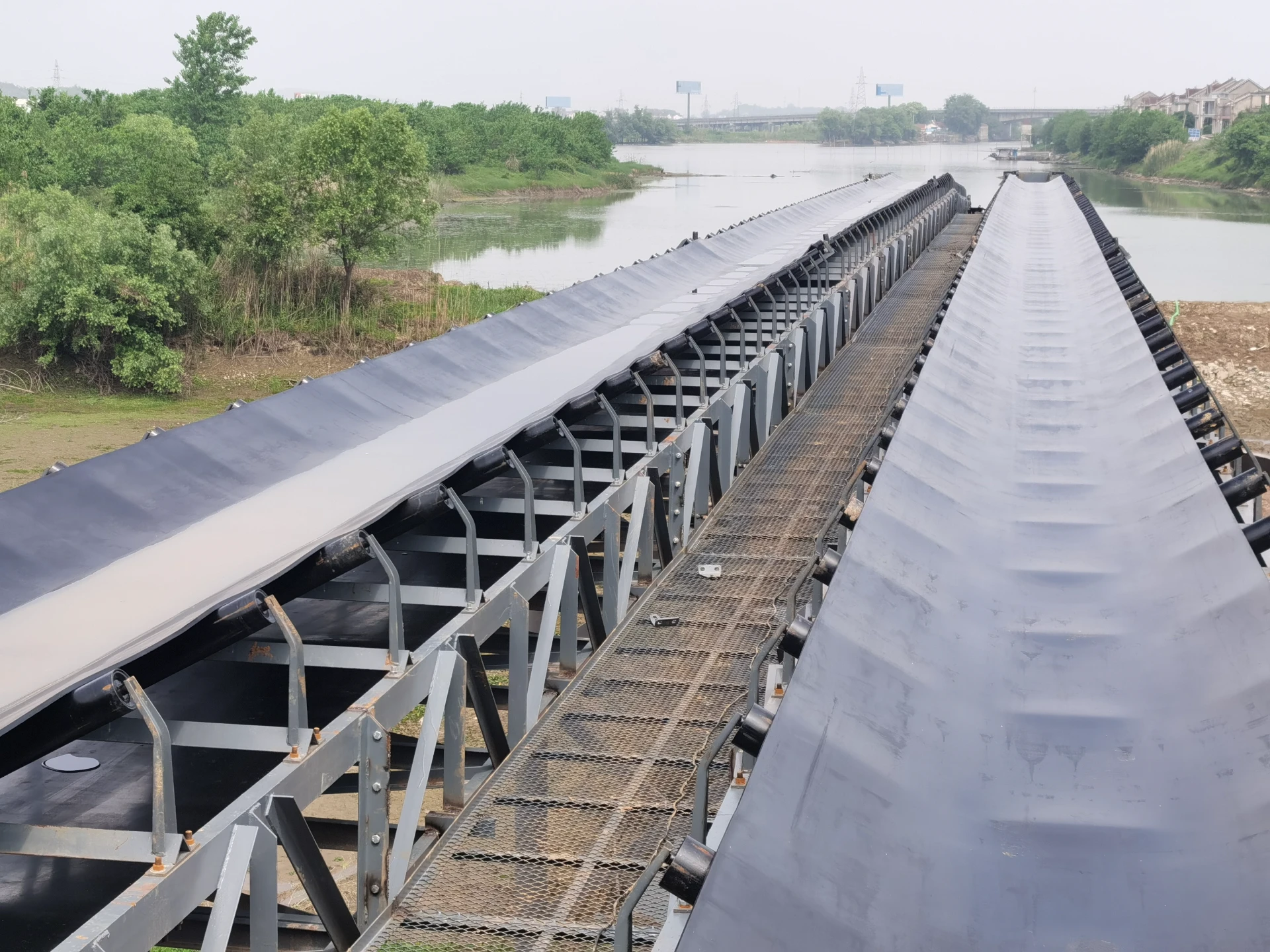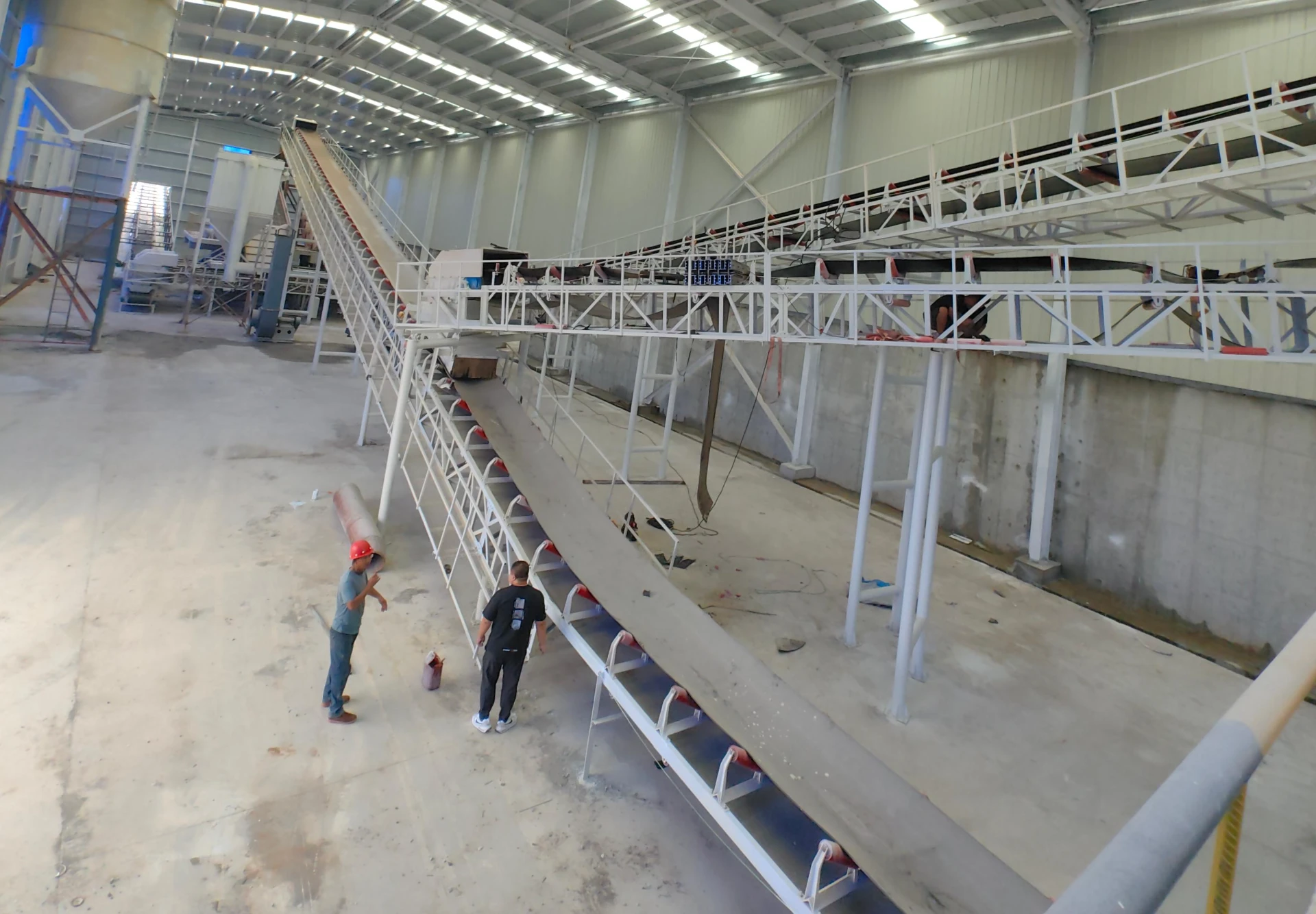Conveyors and conveyor belts serve as the backbone of cargo handling operations in ports and terminals worldwide, ensuring the rapid, efficient, and cost-effective movement of goods. These systems are indispensable in managing bulk materials such as coal, grain, ores, and minerals, as well as containerized cargo, significantly reducing reliance on manual labor and minimizing operational expenses. By automating material transport, conveyor systems enhance productivity, improve safety, and support the seamless flow of goods in global trade networks.
Efficiency in Bulk Material Handling
In bulk terminals, conveyor belts are the primary means of transporting loose materials from ships to storage yards, trucks, or railcars. Designed to handle massive volumes, these systems operate at high speeds while minimizing spillage and dust emissions. For instance, ports dealing with coal or iron ore utilize heavy-duty conveyors equipped with reinforced belts and impact-resistant idlers to withstand abrasive materials. The continuous flow of bulk cargo through conveyor systems eliminates bottlenecks, reducing vessel turnaround times and optimizing port throughput.
Advanced conveyor technologies, such as enclosed belt systems, further enhance environmental sustainability by preventing material loss and reducing airborne pollutants. Additionally, automated weighing and moisture sensors integrated into conveyor lines ensure accurate load measurement and quality control, essential for commodities like grain and fertilizers.
Container Terminals and Automated Logistics
Container terminals leverage conveyor belts and automated guided vehicle (AGV) systems to streamline the transfer of goods between stacking areas, trucks, and vessels. Belt conveyors efficiently move containerized cargo, reducing dependency on cranes and forklifts in certain operations. Modern terminals employ high-speed sorting conveyors with optical scanners and RFID tracking to classify and route containers with precision, minimizing delays and human error.
Automated stacking cranes (ASCs) work in tandem with conveyor systems to organize containers in storage yards, optimizing space utilization. These integrated systems enhance operational efficiency, allowing ports to handle increasing cargo volumes without proportional increases in labor costs.
Long-Distance and Specialized Conveyor Solutions
Overland conveyor systems play a crucial role in connecting storage facilities to loading docks, particularly in large industrial ports. These systems transport materials across extended distances, reducing reliance on trucking and lowering fuel consumption and emissions. For example, some mining ports use multi-kilometer overland conveyors to transport extracted minerals directly from processing plants to export vessels, ensuring cost-effective and eco-friendly logistics.
Specialized conveyor designs, such as incline belts, telescopic conveyors, and radial stackers, cater to diverse operational needs. Incline conveyors efficiently move bulk materials to elevated storage silos, while telescopic belts adjust their length to accommodate varying vessel sizes, enabling direct loading and unloading. Radial stackers, commonly used in coal terminals, facilitate flexible stockpile formation, allowing for efficient yard management.
Sustainability and Future Innovations
Conveyor systems contribute to sustainable port operations by reducing energy consumption compared to traditional transport methods. Regenerative braking systems in modern conveyors recover and reuse energy, further lowering operational costs. Additionally, the integration of AI and IoT-enabled predictive maintenance ensures minimal downtime, extending equipment lifespan and improving reliability.
As global trade demands grow, ports continue to adopt smart conveyor technologies, including autonomous sorting robots and AI-driven flow optimization systems. These innovations enhance precision, reduce waste, and support greener supply chains.
Conveyors and conveyor belts are fundamental to modern port and terminal operations, driving efficiency, safety, and sustainability. From bulk handling to automated container logistics, these systems enable rapid cargo movement, reduce operational costs, and minimize environmental impact. As technology advances, conveyor systems will remain a cornerstone of global trade infrastructure, ensuring ports meet the ever-increasing demands of international commerce.

